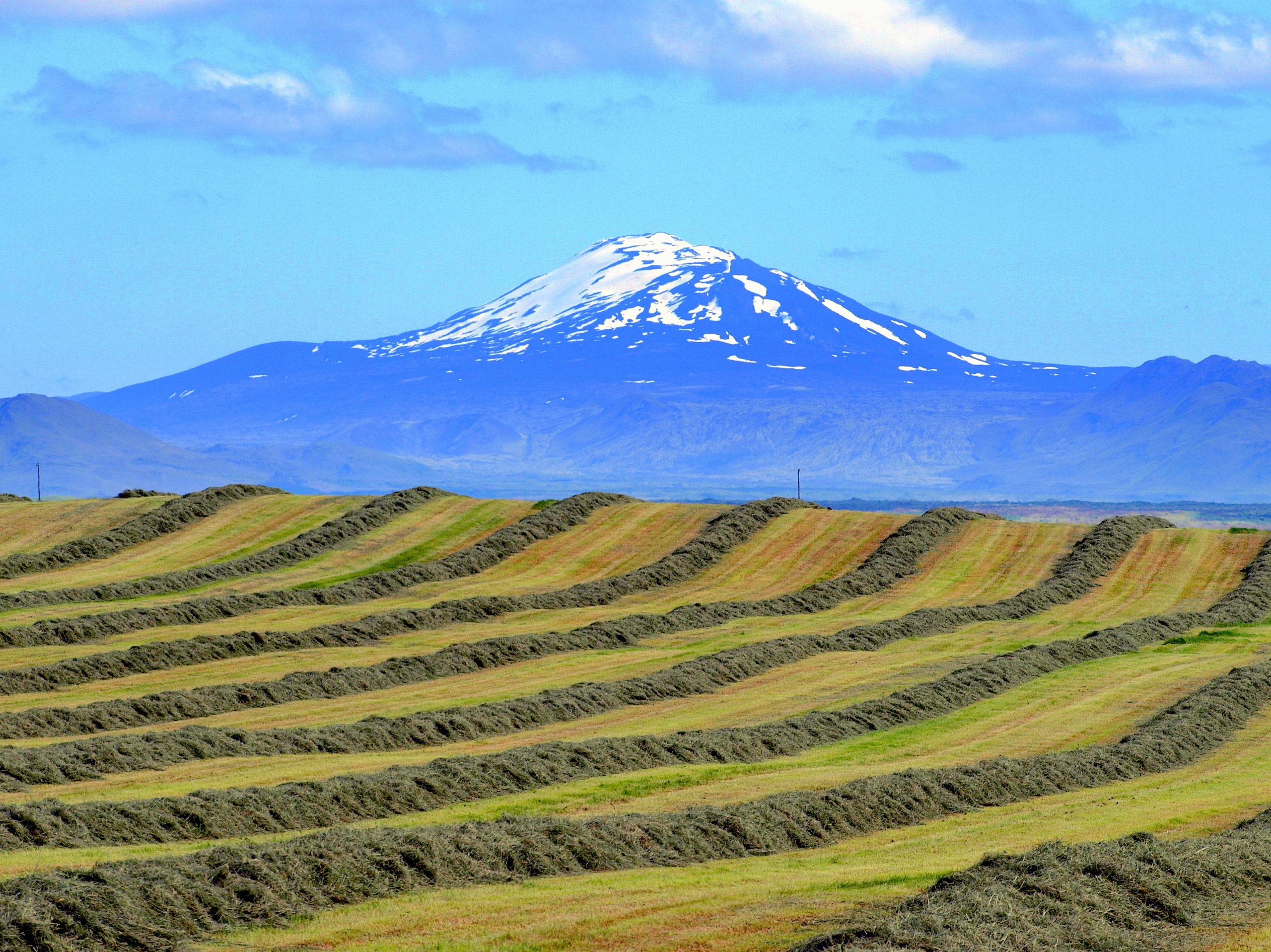The Greater Reykjavík Area, containing the nations’s capital, is a vital and the most populous region in Iceland. Situated in Southwest Iceland, is spans 1062 km², constituting ~ 1% of Iceland’s total landmass but approximately 64% of Iceland’s population (233,034 as of 2020). It encompasses six municipalities: Reykjavík, Kópavogur, Hafnarfjörður, Garðabær, Mosfellsbær, Seltjarnarnes, and Kjósarhreppur, each with their own administrative bodies. The six municipalities are the key authorities responsible for food policy in the capital area, although the national food policy by the Icelandic government has also a major impact on the city’s CRFS.
Iceland, incl. Reykjavík, experiences subpolar/-arctic oceanic climate with cool summers and freezing winters; strong winds and rainfalls are common. These conditions negatively impact certain kinds of agriculture, i.e., grain cultivation, and many food items need to be imported from abroad. On the other hand, cheap energy from renewable sources (geothermal & hydro power) makes sophisticated food production possible, e.g., through cultivation in greenhouses. The Greater Reykjavík Area contributes 12% of the country’s agricultural income. Five dairy farms are located in the area although the total percentage of cattle and sheep are low compared to the whole country. In contrast, 80% of egg laying hens are held in the area. It is difficult to clearly define the CRFS, as food production, processing, and consumption are closely interlinked throughout the whole of Iceland.
Iceland, including the capital region, is generally considered to be an affluent society with low levels of poverty, however high food prices due to import and small production, can cause problems for low-income consumers.
Cities2030 partner organizations participating in the Reykjavík CRFS Lab
Within the framework of Cities2030, the Reykjavík CRFS Lab is represented by MATIS OHF an Icelandic, governmentally owned, non-profit R&D company working in the field of food and biotechnology (MATIS, P22)

